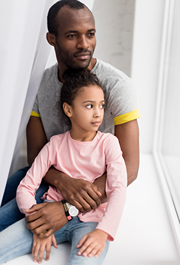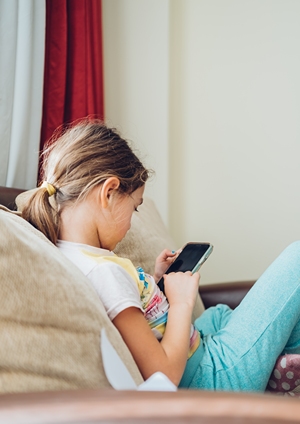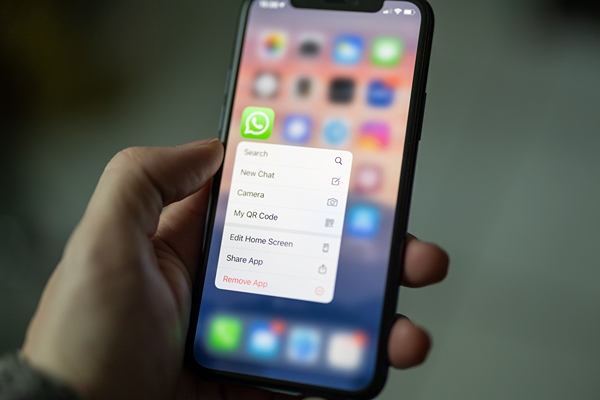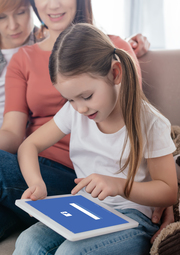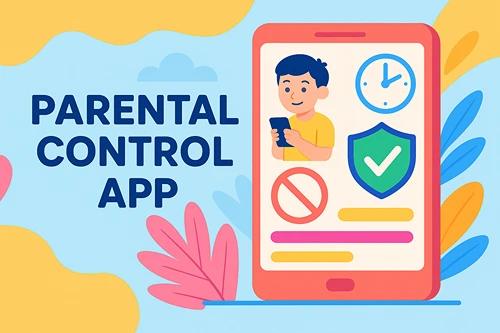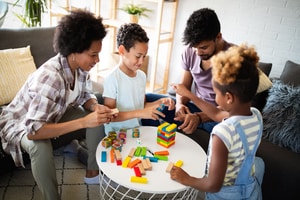How GPS Trackers Help Keep Kids Safe: A Parent’s Guide to Peace of Mind
As a parent, ensuring your child’s safety is always a priority. Modern technology like GPS trackers can help you stay connected and ensure your kids are safe, whether they’re walking to school, playing outdoors, or heading to a friend’s house. In a world where safety is a constant concern, GPS tracking devices for kids are an invaluable tool for parents.
These small, wearable devices allow you to monitor your child’s location in real-time, providing peace of mind without invading their independence. Let’s explore how GPS trackers for kids work, why they’re essential, and how they can help keep your child safe.
What is a GPS Tracker for Kids?
A GPS tracker for kids is a device that uses satellite technology to provide accurate, real-time location data. These trackers are designed to be lightweight and kid-friendly, often in the form of a watch, clip, or small device that can be tucked into a backpack or pocket.
Key features of GPS trackers for children include:
- Real-time location tracking: Parents can monitor their child’s exact location from a smartphone or computer.
- Geo-fencing: Set safe zones, such as school or home, and receive alerts if your child leaves these areas.
- SOS buttons: Many devices include an emergency button that kids can press to alert parents if they need help.
These features make GPS tracking devices an essential tool for modern parenting.
Why Do Kids Need GPS Trackers?
Keeping kids safe is more challenging than ever in today’s fast-paced world. Whether they’re walking to school, playing at the park, or visiting a friend’s house, it’s hard to know exactly where they are at all times. A GPS tracker for kids bridges this gap, offering parents a way to stay connected without being overly intrusive.
Here’s why parents choose GPS trackers for their kids:
- Safety on the go: Ensure your child’s safety when they’re away from home.
- Prevent wandering: Quickly locate children if they wander off in a crowded place.
- Emergency support: Provide a lifeline in case of an emergency, such as getting lost or feeling unsafe.
For active families, child GPS trackers provide a balance of safety and freedom.
Top Features to Look for in a GPS Tracker for Kids
Choosing the right GPS tracker for kids involves looking at the features that matter most for your family’s needs. Here are the top features to consider:
Real-Time Location Tracking
The most important function of a GPS tracker is providing real-time updates on your child’s location. Look for devices with accurate tracking and easy-to-use apps for parents.
Geo-Fencing
Geo-fencing allows you to set virtual boundaries for your child. If they leave the safe zone, such as your neighborhood or school, the tracker will send an alert to your phone.
SOS Button
An SOS button is a must-have feature. In case of an emergency, your child can press the button to alert you immediately.
Durability
Kids are active, so choose a device that is waterproof, shockproof, and built to handle rough use.
By selecting a device with these features, you’ll have a kid’s GPS tracker that meets your family’s needs.
Benefits of GPS Trackers for Kids
Using a GPS tracker for children provides multiple benefits for both parents and kids:
Peace of Mind for Parents
Knowing where your child is at all times reduces anxiety and lets parents focus on their day without constant worry.
Independence for Kids
Kids gain the freedom to explore their world while parents remain confident in their safety.
Quick Response in Emergencies
If your child gets lost or encounters a problem, you can locate them quickly and provide assistance.
Better Communication
Some kids’ GPS trackers include two-way communication, allowing kids to call parents directly in case of need.
These benefits make child GPS trackers a smart investment for families who prioritize safety.
Common Use Cases for Kids’ GPS Trackers
Parents use GPS trackers for kids in a variety of situations to keep their children safe:
- Walking to school: Ensure your child arrives safely by tracking their route.
- Family outings: Use a tracker to monitor kids in crowded places like malls or amusement parks.
- Playing outdoors: Let kids play freely in the neighborhood while staying informed of their location.
- Traveling: Keep tabs on your child during family vacations or trips.
For any activity where kids are away from home, a GPS tracker provides reassurance.
How to Introduce a GPS Tracker to Your Child
Introducing a GPS tracker to your child is important for their comfort and understanding. Here’s how to approach the conversation:
- Explain its purpose: Let your child know that the tracker is for their safety, not to invade their privacy.
- Involve them in the choice: Let them pick a style or design they like, such as a watch or clip.
- Set boundaries together: Work with your child to establish safe zones and explain why these areas are important.
By framing the GPS tracker as a safety tool, your child will feel more comfortable using it.
Choosing the Best GPS Tracker for Kids
When selecting a GPS tracker for kids, it’s essential to choose a reliable and user-friendly device. Look for a tracker that meets your family’s needs and comes with strong customer reviews.
Final Thoughts: Keeping Kids Safe with GPS Trackers
In a world full of uncertainties, a GPS tracker for kids offers peace of mind for parents and freedom for children. Whether your child is walking to school, playing outside, or going on a trip, GPS tracking technology ensures that you’re always connected and ready to help if needed.
By investing in a child GPS tracker, you’re taking an important step toward enhancing your child’s safety and giving your family the confidence to explore the world.

